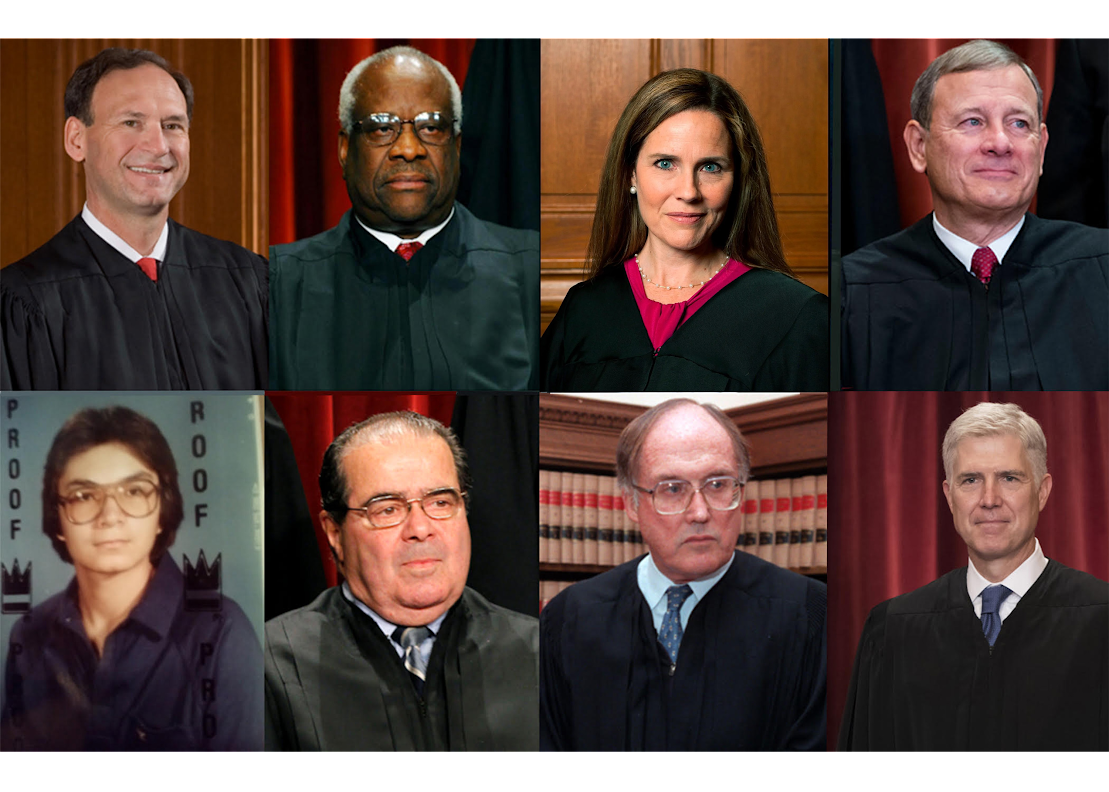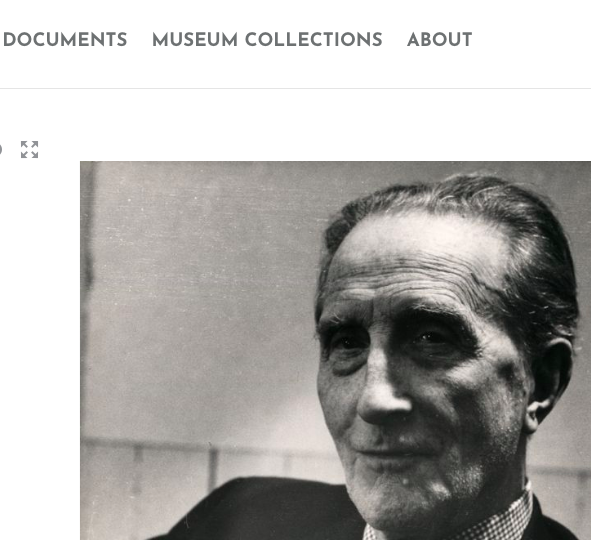Peter Hirtle, Senior Policy Advisor for the Cornell University Library, sent us this news release concerning a new book on guidelines for the digitization of content for U.S. libraries, archives, and museums. Earlier this year the U.K.’s National Portrait Gallery faced a similar question regarding copyright and the digitization and public access to public domain works.
ITHACA, N.Y. (Oct. 29, 2009) – How can cultural heritage institutions legally use the Internet to improve public access to the rich collections they hold?
“Copyright and Cultural Institutions: Guidelines for Digitization for U.S. Libraries, Archives, and Museums,” a new book published today by Cornell University Library, can help professionals at these institutions answer that question.
Based on a well-received Australian manual written by Emily Hudson and Andrew T. Kenyon of the University of Melbourne, the book has been developed by Cornell University Library’s senior policy advisor Peter B. Hirtle, along with Hudson and Kenyon, to conform to American law and practice.
The development of new digital technologies has led to fundamental changes in the ways that cultural institutions fulfill their public missions of access, preservation, research, and education. Many institutions are developing publicly accessible Web sites that allow users to visit online exhibitions, search collection databases, access images of collection items, and in some cases create their own digital content. Digitization, however, also raises the possibility of copyright infringement. It is imperative that staff in libraries, archives, and museums understand fundamental copyright principles and how institutional procedures can be affected by the law.
“Copyright and Cultural Institutions” was written to assist understanding and compliance with copyright law. It addresses the basics of copyright law and the exclusive rights of the copyright owner, the major exemptions used by cultural heritage institutions, and stresses the importance of “risk assessment” when conducting any digitization project. Case studies on digitizing oral histories and student work are also included.
Hirtle is the former director of the Cornell Institute for Digital Collections, and the book evolved from his recognition of the need for such a guide when he led museum and library digitization projects. After reading Hudson and Kenyon’s Australian guidelines, he realized that an American edition would be invaluable to anyone contemplating a digital edition.
Anne R. Kenney, the Carl A. Kroch University Librarian at Cornell University, noted: “The Library has a long tradition of making available to other professionals the products of its research and expertise. I am delighted that this new volume can join the ranks with award-winning library publications on digitization and preservation.”
As an experiment in open-access publishing, the Library has made the work available in two formats. Print copies of the work are available from CreateSpace, an Amazon subsidiary. In addition, the entire text is available as a free download through eCommons, Cornell University’s institutional repository, and from SSRN.com, which already distributes the Australian guidelines.
Copyright and Cultural Institutions: Guidelines for Digitization for U.S. Libraries, Archives, and Museums by Peter B. Hirtle, Emily Hudson, and Andrew T. Kenyon. Ithaca, NY: Cornell University Library, 2009. ISBN: 978-0-935995-10-7. Price: $39.95. Available for purchase at https://www.createspace.com/3405063, and for free download at: < http://papers.ssrn.com/sol3/papers.cfm?abstract_id=1495365> and < http://hdl.handle.net/1813/14142>.







